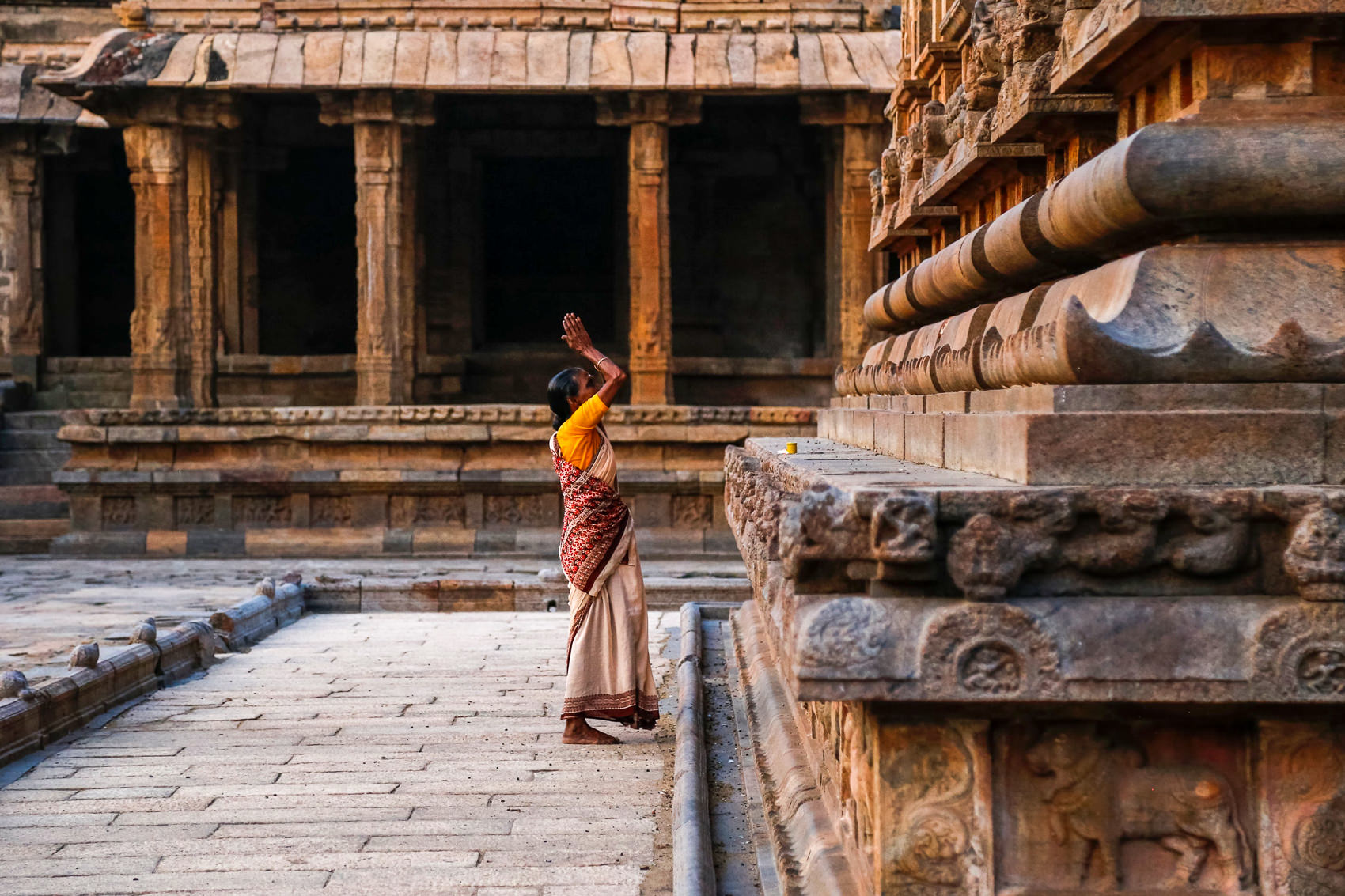Many world religions are named after the prophets who founded them in ancient times. Christianity was named after Christ, Buddhism after Buddha, but the word Hindu is not derived from the name of any single prophet. The word Hindu is derived from the name of a river located in northwestern India called Sindhu. Sindhu is the river we know today as Indus. The teachings of Hinduism are known as apaurusheya, which means that they are not based on personality. What this term really means is that the Hindu religion is not based on personality but on principles. This is a very important statement as it emphasizes that Hinduism is a discovery, not an invention of any individual or group of individuals. Just as scientists do not find the laws of nature, but discover them, so the Rishis, the transmitters of the Hindu religion, did not find spiritual laws, but discovered them. Hinduism is a living synthesis of various religious knowledge and their realizations based on God’s revelation and direct experience of the manifestation of the Divine through innumerable forms, and also through an unformed, transcendental principle.
Hinduism is also called Vaidika Dharma – the religion of the Vedas.
He is also a way of life that is in accordance with the eternal spiritual, ethical and moral laws of Sat Sanatan Dharma
primordial spirituality and religion.
Sat Sanatan Dharma means “eternal religion,” the “true connection with the Divine Self,” that which holds society and civilization together through righteous living. In a broader sense, it means getting acquainted with the eternal laws that govern everything. The search for them and the application of these laws for the benefit of all is a way of practicing religion. It is non-dogmatic and universal – it respects the freedom of thought of each individual, it respects the truth in all religions and the inner unity of all living beings and all that is. Sanathan dharma teaches a virtuous life according to the principles of yama and niyama, such as nonviolence – ahimsa, truth – satya, purity – sauca, wisdom, honesty, self-control, lust control, ungodliness, non-aggression, peace, love of creation and all living beings and liberation from negative traits such as hatred, anger, greed, jealousy, and pride. Hinduism attaches great value to devotion, humility, mercy, selfless service, willingness to sacrifice and modesty, and practices the worship of the Divine through puja ceremonies, inner contemplation – upasan and meditation – dhyana, as well as developing Divine virtues. The ultimate goal is to attain true inner freedom – moksha, through victory over ignorance – avidya and the attainment of supreme knowledge – paravidja which brings the highest, complete inner freedom and joy. This goal also means to reach oneness with our source – Paramatma, ie to achieve Self-realization – atamgyana, the realization of our own self which is the same as the Absolute.
Transmitters of Hinduism
Although Hinduism is based on principles, it also places great emphasis on persons who have discovered and revived these spiritual principles. They can experience and convey the message of Hinduism differently, as the following story says:
Four friends were walking through the woods and discovered a high, circular wall behind which there seemed to be a lot of merriment and music. They were curious to see what was behind the wall. The three lifted the fourth to the top of the wall to see what was happening. He was so overwhelmed with impressions that he could not tell his friends what he had seen. He simply climbed over the wall and disappeared on the other side. Then two of the remaining three lifted the third to the top of the wall. He, too, became so excited by what he saw that he started singing and dancing on top of the wall and after a while he too disappeared over on the other side. The other two friends also wanted to look over the wall. One helped the other to climb. He was also overwhelmed by what he saw. He didn’t disappear behind the wall, but reached over the wall and helped a fourth friend get to the top so he could see to the other side as well.
The first friend, who has quietly disappeared to the other side of the wall, symbolizes those silent prophets and hermits who, after becoming self-realized, merge imperceptibly with God. Another friend who sang and danced after seeing behind the wall, represents those holy persons who reveal their vision of God to others but are unable to pass on their experiences. The third friend who spread out on the wall and helped the last friend to climb the wall symbolizes the Guru. This third friend is unique because he has the power to offer the experience of God to others.
Avatar – The word avatar means “one who descends”. The avatar is God in the human body. Hindus say that God comes to earth in human form whenever Dharma is threatened, and for the benefit of mankind and the rejuvenation of spirituality. An avatar has a unique ability to spiritually transform others, even just by touch or gaze.
Guru – Guru means teacher. The Sanskrit root of the word gu means ignorance, darkness, and ru means light, so this word defines the role of the guru as one who removes darkness, ignorance. Satguru is a spiritual, realized teacher who has come to know the wisdom of the scriptures through his own experience and who can inspire with his knowledge and radiance – this is Brahmanishtha Shrotriya the knower of Brahman, the Absolute.
Sanjasi – Swami – one who knows, who has mastered himself, that is the title of Hindu monks, sanjasi. Sanjasi is one who has renounced the material world and accepted life according to spiritual principles. Swamis traditionally wear orange clothes, which symbolize fire, purification, spend their lives striving for the knowledge of God and working for the benefit of mankind.
Acarya – Acarya literally means a special teacher who teaches by example. Acarya is also a title reserved for the heads of some Hindu religious denominations.
The concept of God
One of the most common mistakes in interpreting Hinduism is that it is a polytheistic religion. Hinduism is actually a pluralistic religion. This name means that each person has a unique relationship with God – Brahman. Regardless of appearance, the form in which we worship him, God is only one. There are three Divine Principles through which God manifests and they are: Brahma the creative principle, Vishnu the sustaining principle and Shiva the liberator. One of the most important characteristics of Hinduism is that God, Brahman, should not be sought outside oneself but within oneself. The ultimate goal of spiritual practice is the unification of Atma – Self with Paramatma – Absolute.
Beliefs
Hindu believers believe in incarnation (rebirth) according to the law of karma (the law of cause and effect that we create ourselves). By good deeds, thoughts and words we create good karma, and by bad actions, thoughts and words, we create bad. Samsara – meaningless is that circle of birth and death from which one exits through the moksha of enlightenment, self-knowledge, the merging of Atma with Paramatma. One of the highest principles is ahimsha – non-violence. If we believe that all beings are an expression of the Divine, that God is in everything and that God is everything, then it is necessary that the highest principle is the principle of nonviolence. For this reason, Hindu believers are vegetarians.
Samskaras – impressions, sacraments. There are 16 samskaras. Samskaras follow a man from conception to death, where the last samskara is a funeral.
More about Hinduism …

Kumbha Mela
The meeting all of our senses, mind, consciousness, Atma and Jiva: that is Kumbha Mela. TheVessel (Kumbh) is our body. There is a constant battle inside of us between the Devas (divine qualities) and asuras (demonic qualities): what will prevail depends on us. Paramhans Swami Maheshwaranada,Zagreb, 22 June 2010, lecture about “Kumbha Mela” Kumbha Mela…
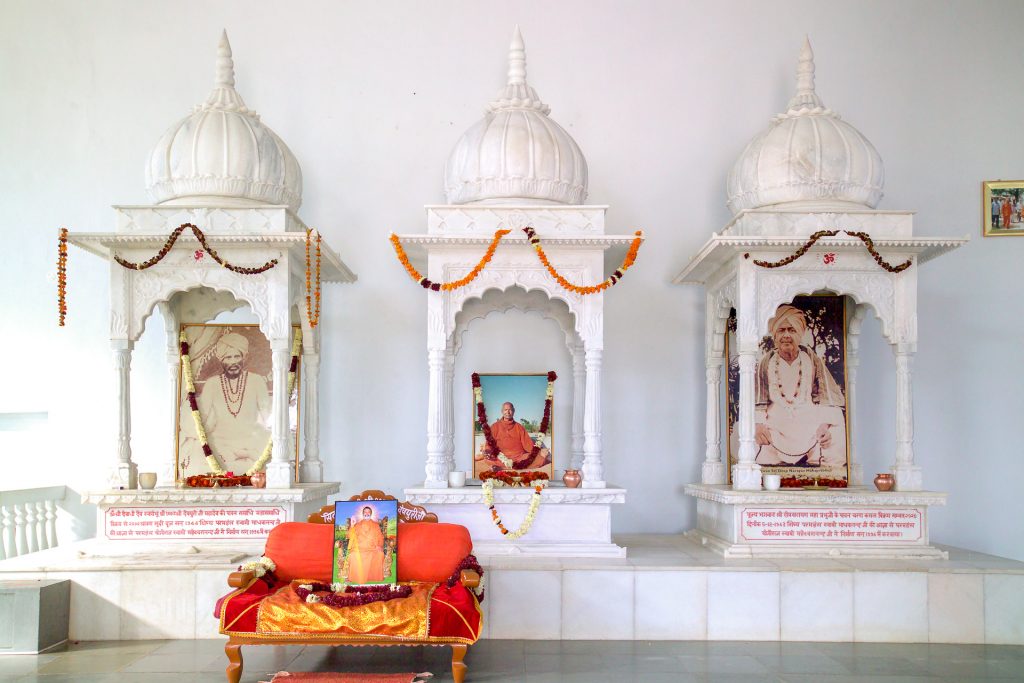
Altar
The altar is a place where God “lives”. The altar and the objects on it are the place where we can physically express our worship, prayers and devotion to the Almighty, the universal truth. It is also the central place of every temple, ashram, and disciple’s home. Our understanding of God will determine what images…
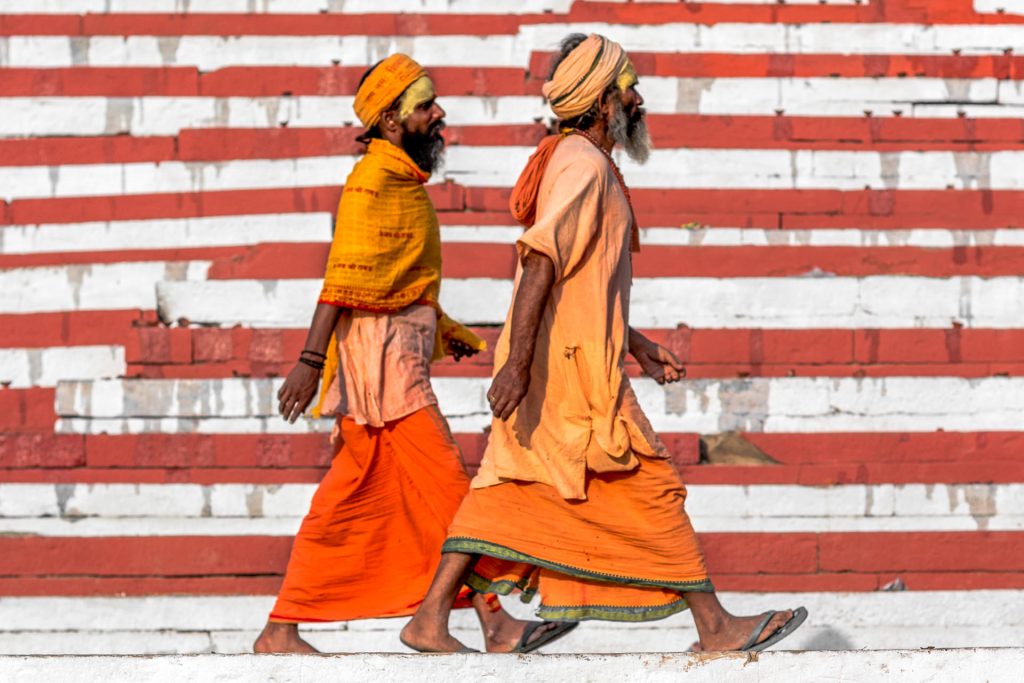
Sannyasa
SannyasaThe word Sannyasa in Sanskrit means renunciation. A Sannyasi – a Swami, is one who received Sannyas Diksha and became part of the Holy Order of Sannyasis. Sannyasis carry the title of Swami, or, in the case of women, Swamini or Sadhvi. Swami literally means husband, master, owner. In this case, it means one who…
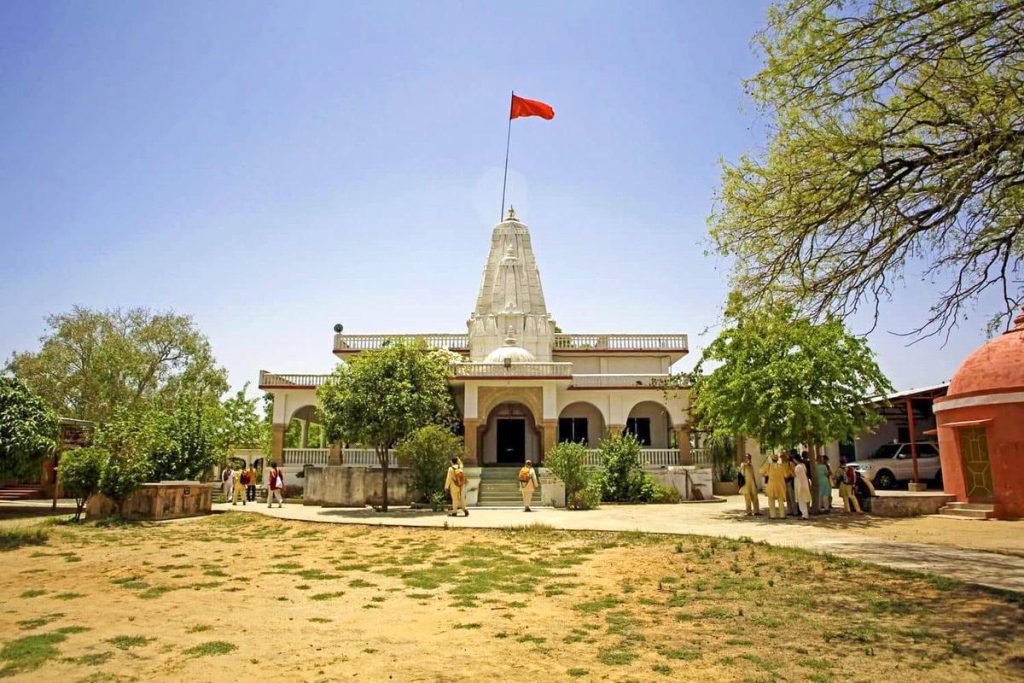
Ashram and Satsang
AshramAccording to the Vedic tradition and the teachings of the Vedas, one definition of the word ‘ashram’ (a – welcome, shram – to work) is a place where you are welcome to do something for others and for yourself. In this way ashram is a place where you work on yourself in a spiritual sense.It…

Symbols
Om is the original sound from which everything was created, the essence of the whole Universe, the Absolute. It is comprised of three sounds: A-U-M, representing the past, the present and the future, and the three divine principles – Brahma, Vishnu and Shiva. Kalashis a pot made of copper, clay, brass or silver, filled with…
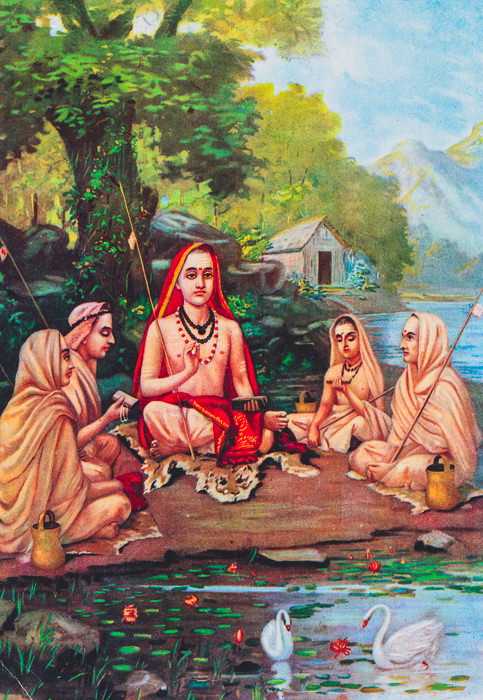
The six major systems of Hindu philosophy
Nyaya shastraNyaya-Sastra was founded by Gautama Rishi. He wrote 521 Sutras. These Sutras are divided into 5 parts with 10 chapters and 80 sub-chapters. Many authors wrote commentaries on his teachings, interperated his ideas and added new ones. Nyaya literally means Logic. It is applied as a logical method itself, not only to describe a…
